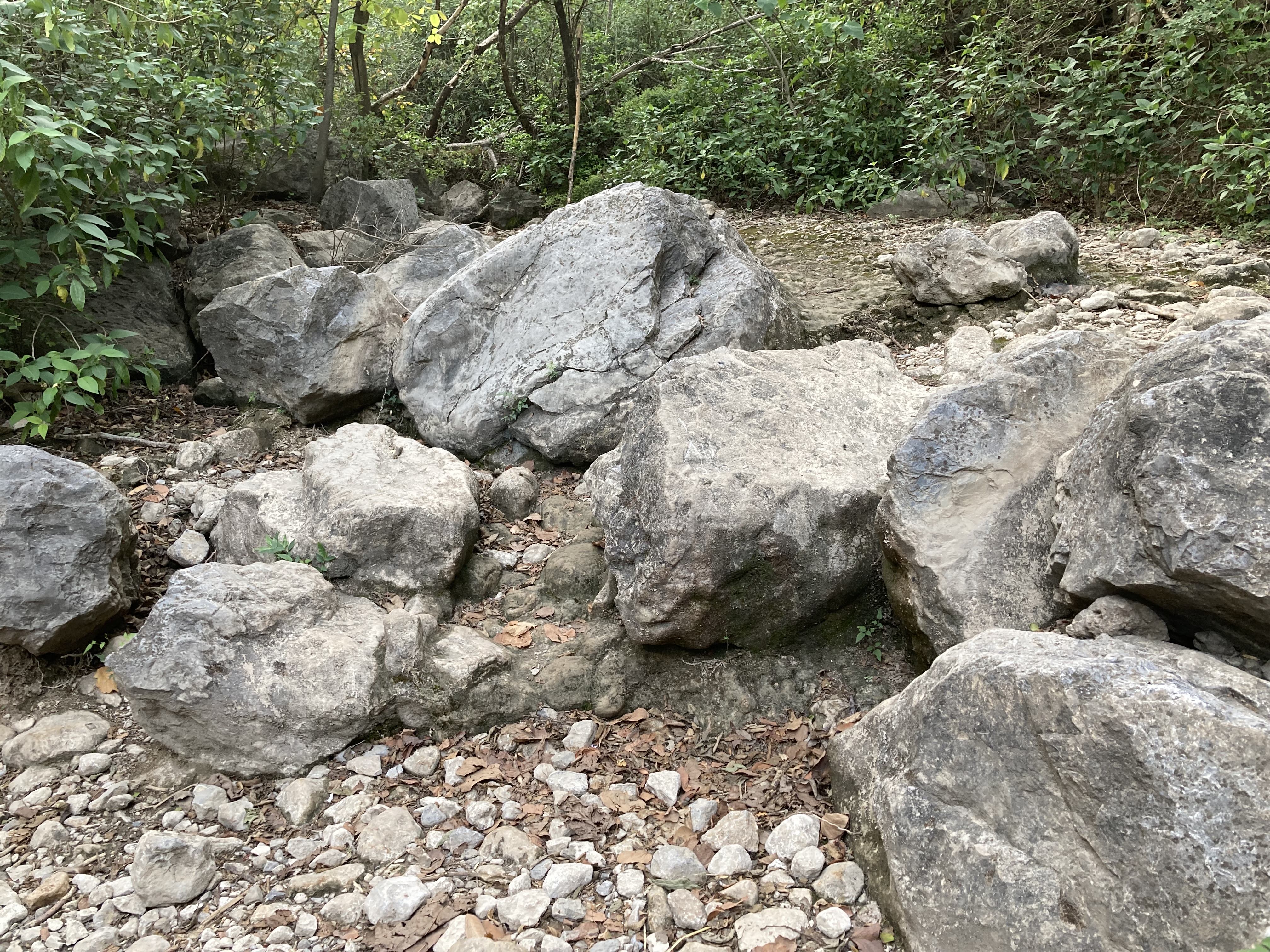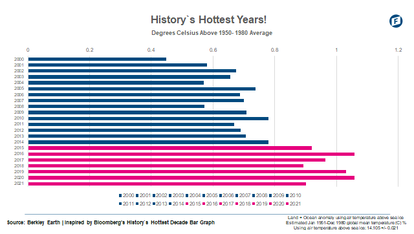Pakistan
Water Governance in the face of Climate Change

April May Heatwaves have dried up the dwindling fresh water spring in Trail 5, Islamabad
© Friedrich Naumann Foundation for Freedom Pakistan / Rebea FirdousIt is getting warmer!
Since the last four hundred thousand years the amount of carbon dioxide (CO2) in the atmosphere has been fluctuating but has never crossed the highest historical level of about 275 parts per million (ppm) until 1950. Since, then the increase of CO2 is rising alarmingly primarily due to burning of fossil fuels-especially coal and oil.
Recently it became a regular feature to read that a number of Pakistani cities are in the top ten hottest places on earth during the month of May. As early as last week of April Google also started giving stark warning of the rising temperatures -whenever I opened it for searching anything- with the city/district of Jacobabad touching 49 degrees Celsius! Even the coldest of the places were not left cold! Climate change and heat waves is only one aspect of it, the other end is infrasture damage due to the intensity of these changes.The collapse of an important bridge on the Karrakoram Highway on 07 May in Hunza valley due to massive Glacier Lake Outburst Flood (GLOF) is just one recent example.
Heatwaves, GLOFs, Droughts
It was reported in the local media that during the last three weeks before this incident, there was a 40% rise in water levels at glacier lake that unleashed the flood due to increase in melting of glaciers as a result of persistent high temperatures. This will make flash flooding more often as the summer progress and monsoon unleash torrential rain.
The heat wave as a result of changing climate is just one aspect of global warming, droughts are becoming prolonged, rain and monsoon patterns are becoming erratic. Frequency and intensity of cyclones are becoming more unpredictable and extreme. Season patterns are shifting, shifting very gradually but yet fast enough for the eco-system not to adjust. As a result, crops sowing and harvesting, breeding of birds and animals, onslaught of pests and insects are all getting caught in this environmental mayhem for which we the “superior race of human” are responsible.
Growing Population in Urban Clusters
Furthermore, human population has tripled during the past 70 years, putting tremendous pressure on resources such as water and land for food, urbanization and industrialisation. Its just not the number of people, which in itself is extremely detrimental for the sustainable use of resources but the growing affluence of people. Today more people live in towns and cities then ever before, more than half of seven billion.
Increased consumption of animal products such as meat and milk also produce Methane, which is also harmful for the earth atmosphere. Methane along with CO2 (plus other gases) traps some of the sun heat from reflecting back, resulting warmer planet, which we also known as Greenhouse effect.
Hottest Decades
Earth is getting warmer since the ice-age, so the main issue is not that the earth is getter warmer, but the real threat is that the pace of warming has become very fast. So fast that unlike historical evolution and change, plants and animals, birds and insects and other environmental elements cannot adapt to the change. We are experiencing the warmest temperature since the ice-age 10 thousand years ago.

The last 7 years have been the warmest ever recorded!
© Friedrich Naumann Foundation for Freedom Pakistan/ Visualization by Rebea FirdousEvery single decade since the sixties has been much hotter than the previous decade, 1950-60 was 0.01, 1962-70 was 0.02, 1971-8- was 0.09, 1981-90 was 0.29, 1991-2000 was 0.41, 2001-10 was 0.62 and 2011-20 was 0.82.
No water resource understanding can be complete without understanding the integrated aspect of water management and environment specially in the current climate change scenario.
The fast pace of climate change
According to UN, currently the world average temperature is 1 degree hotter than pre-industrial time and by the end of this century the temperature may rise up to 1.5 to 2 degrees and the earth may adjust to this change over the next 75 years.
However, the problem is that the 1.5 degrees increase is occurring extremely fast and climate experts predict this may be achieved by 2030. As a result, the earth’s environment will not be able to adjust, adapt and cope with such a rapid change at such a fast speed. As a result, we will see severe water availability challenges, rise in sea-level, food security issues, health and economy will be affected too. This collectively will create environmental refugees and political mayhem in environmentally vulnerable countries, where Pakistan is among one of the most vulnerable countries unless immediate mitigation and adaptation steps are not taken.
Pakistan quest for cheaper fossil fuel by extracting coal for power generation in Thar coal project though will provide cheaper alternate for fuel. However, this will have detrimental effect on climate change and Pakistan`s contribution towards CO2 will also be increased substantially.
Dwindling access to fresh water
Interestingly, the volume of water available is constant around the world, 97 percent of which is salt water and only 3 percent is fresh. Out of this three precent, 99 percent is frozen in ice caps or stored deep underground and inaccessible to humans. Thus, barely, one percent of fresh water is accessible to humans and climate change has severely affected the hydrological pattern. As a result, some places are getting years worth of rain in just a few days and some regions are going even dry during the monsoon.
Solutions
The most logical approach to tackle this change is by reducing wastage and building storage, unfortunately, due to bad governance and inter provincial politics, water has been politicised. Today Pakistan`s water storage capacity with 13.68 million acre feet (MAF) is barely enough for 30 days. In contrast, India’s storage is 170 days and Egypt-relying only on a single source with more arid land than Pakistan- has storage for 700 days.
In terms of water wastage, Pakistan losses are highest in the world and per acre yield is among the lowest with the similar climate and land. The combination of global warming and dwindling water resources coupled with poor water and land management, the country of 220 million plus population is doomed to face severe food security issues.
The first step in finding a solution to these interconnected issue is realising it that it is a governance problem which needs sustainable solutions both from government and individuals/private businesses.
Want to learn more?
The upcoming trainings in Jun-Sept on 'Water as Human Rights' by Dr. Hameed (IAF Gummercbach Alumni / FreedomGate Pakistan) will be discussing Water Safety Plans (WSP), Water Sanitation and Hygiene (WASH) and water governance issues from local and international legal perspectives.
